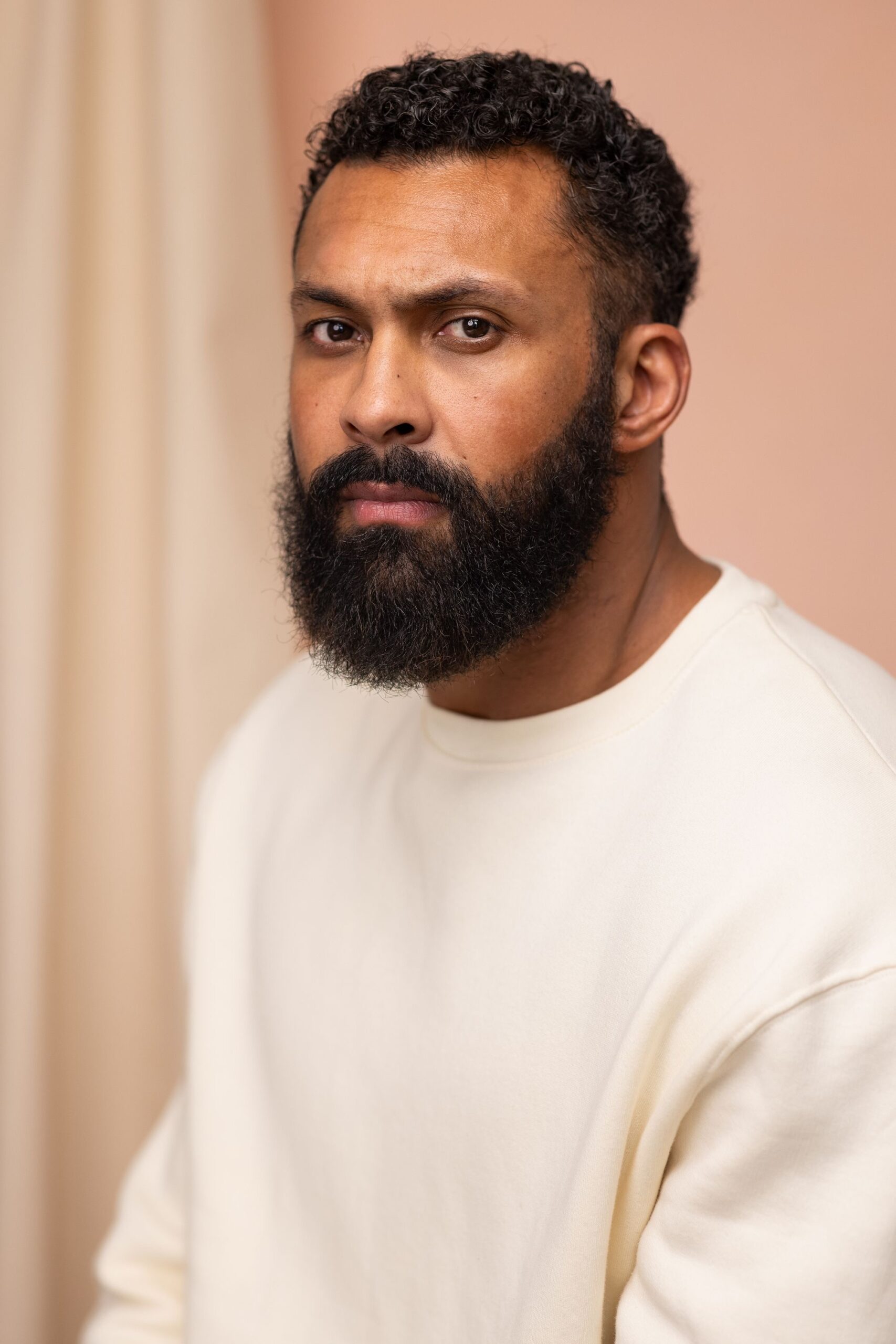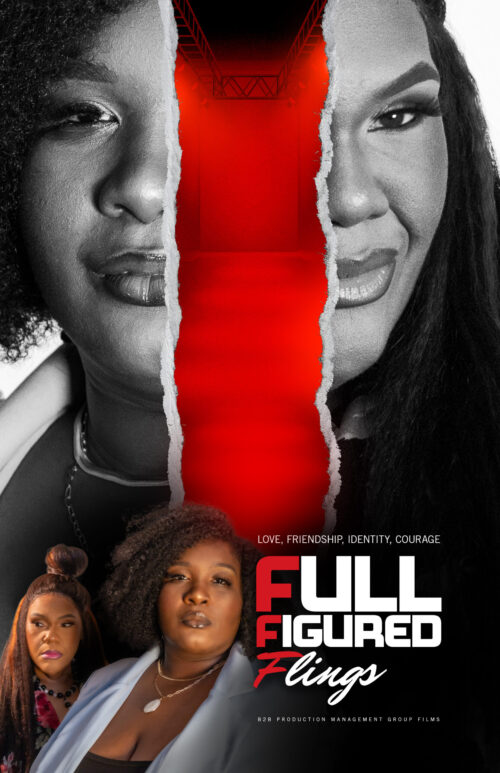We Speak Actors
Chi Lewis-Parry takes on the role of Phoebus in Ridley Scott’s ‘Gladiator II’

Chi Lewis-Parry, actor and accomplished stunt performer, steps into the arena as Phoebus in Ridley Scott’s highly anticipated ‘Gladiator II’. Opposite acclaimed actor Paul Mescal, Lewis-Perry joins an impressive cast, including the legendary Denzel Washington and the esteemed Derek Jacobi. As he brings the mythological figure of Phoebus to life on the big screen, Lewis-Perry shares a glimpse into the demanding process, the intensity of the role, and what it’s like to work alongside cinematic icons in this monumental sequel.
Can you walk us through the journey of landing the role in ‘Gladiator II’? What was that experience like for you?
“Absolutely, I’ll never forget it. My agent called me in for an audition, only hinting that it was a Ridley Scott film and advising me to prepare for a physically demanding day with the stunt team—which was music to my ears. The audition was intense; we filmed various fight sequences and pre-visualizations that were sent to Ridley. As fate would have it, the fight choreographer for ‘Gladiator II’ was my close friend, Cali Nelle. A few days later, he reached out to let me know Ridley had seen my tape and was considering me for a specific role. The whole experience was unforgettable, right down to the bruises and exhaustion afterwards (laughs). The rest is history.”

In ‘Gladiator II’, you play the role of Phoebus. What specific training or research did you undergo to bring this character to life?
“After landing the role, I went straight into character exploration, eager to bring depth and authenticity to Phoebus. In Greek mythology, Phoebus is another name for Apollo, the god of the sun, light, and truth, symbolising both divine strength and enlightenment. He’s also associated with music, poetry, and healing—a complex figure embodying qualities of beauty, power, and even a sense of justice. I spent time researching these facets of Apollo, looking at classical art and sculpture to understand how he was portrayed across centuries.
At first, I focused on his physicality—his stance, his posture, even subtle gestures that might convey his god-like nature—but ultimately, I realised that overanalysing wasn’t helping. When I finally set foot in the very arena where Maximus (Russell Crowe) once fought Commodus (Joaquin Phoenix), I felt an indescribable energy, almost as if the legacy of the first film was imprinted in the sand.
“That ancient atmosphere brought an electricity to my performance, making me feel connected to something greater.”
“It was in that moment that Phoebus truly came to life, not just as a mythical figure but as a warrior who understood both the beauty and brutality of his world.”
Who were your main scene partners in the film, and how did you work together to bring out the story’s intensity?
“Most of my scenes were with the lead, Paul Mescal, which was an incredible experience. I also had the privilege of sharing the space with the legendary Denzel Washington and the remarkable Derek Jacobi. It was surreal working alongside such icons.”

How would you describe your overall experience working on this film, especially considering its scale and historical legacy?
“This experience is something truly rare—there’s only been one Gladiator before, and that was 24 years ago, so stepping into this sequel feels historic. To be the right age and the right person for this second instalment, alongside such incredible talent, is such a privilege. It’s humbling beyond words to be part of a project with this kind of legacy, and I say that with the deepest respect and gratitude for everyone who made it possible.”
Do you have any upcoming projects on the horizon that you’re particularly excited about?
“Gladiator II has prepared me in so many ways for what’s on the horizon, particularly by pushing me to new limits physically and creatively.”
“I’m especially thrilled about reuniting with Danny Boyle soon; he’s someone I deeply respect as both an artist and a visionary director. He has an incredible eye for storytelling, and working with him feels like a masterclass. There are a few things I can’t reveal just yet, but let’s just say, I’m very excited for what’s next, and I think the audience will be too!”
Featured photo credit: Full Frame Atelier
We Speak Actors
Full-Figured Flings Teaser Nears 14K Views – Director of Photography Offers Special Father’s Day Release

Back 2 the Basics Production Management Group is proud to announce the official teaser premiere for FFF: Full-Figured Flings, a bold and unapologetic new film celebrating full-figured women and challenging the norms of beauty in Hollywood. Clocking in at just 46 seconds, the teaser doesn’t waste a moment, delivering a powerful visual and emotional punch that sets the tone for a project rooted in body positivity, size inclusivity, and cultural truth.
Premiering ahead of the 20th anniversary of Phat Girlz (2006), FFF serves as both homage and evolution. The film expands the conversation around colorism, sizeism, and shapeism, spotlighting women who have often been cast aside, sidelined, or silenced.

“This teaser is more than a preview—it’s a declaration,” said Lillie Mae Jones, creator and producer. “FFF is our love letter to the women who’ve never been centered but have always been essential. We’re not just telling stories—we’re shifting the lens.”
FFF: Full-Figured Flings is currently in development as a non-union independent production, with plans to release in 2026. The film invites audiences and allies to follow, support, and amplify the message through community engagement, open casting calls, and creative collaborations—including the launch of a nationwide call for a “Big Girl Anthem” to serve as the film’s official theme song.


Accept the Challenge…
The buzz is building fast around the highly anticipated full-figured fashion experience FFF, and now there’s a challenge on the table that fans won’t want to miss.
After racking up 11,000 views in less than 10 days, the official teaser video for FFF on YouTube is quickly gaining momentum. And now, the film’s Director of Photography, Dominique Perry, has thrown down a bold offer:
“If we hit 20,000 views before Saturday, June 14th, I’ll drop an exclusive second teaser on Father’s Day.”
This is more than a film—it’s a movement. FFF is a high-fashion, high-impact visual celebration of full-figured women taking a stand for representation, inclusion, and power on and off the runway.
Here’s how you can help make it happen: Watch the teaser now on YouTube. Like, comment, and subscribe. Share it with your community and post why YOU stand in solidarity with full-figured women
Watch here for a taste of the boldness, beauty, and energy
-

 We Speak Music1 week ago
We Speak Music1 week agoSinger/Songwriter Aro Rose To Release Highly Anticipated New Single “Live Without You” On June 29th, 2025
-

 We Speak Soccer1 week ago
We Speak Soccer1 week agoFrom Small Steps to Big Goals: How Alianna-Reyne Basa Became a Fearless Striker with a Champion’s Heart
-

 We Speak Soccer1 week ago
We Speak Soccer1 week agoBrylee Tagle: Crafting Excellence on the Soccer Field with Vision, Confidence, and a Passion for the Game
-

 We Speak Volleyball1 week ago
We Speak Volleyball1 week agoEyes on the Ball, Heart in the Game: Ryan Jomo’s Volleyball Journey as a Libero Who Refused to Settle for Less

